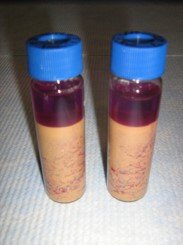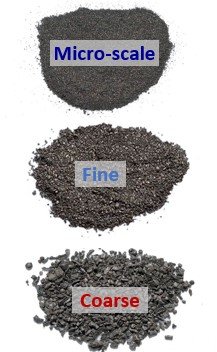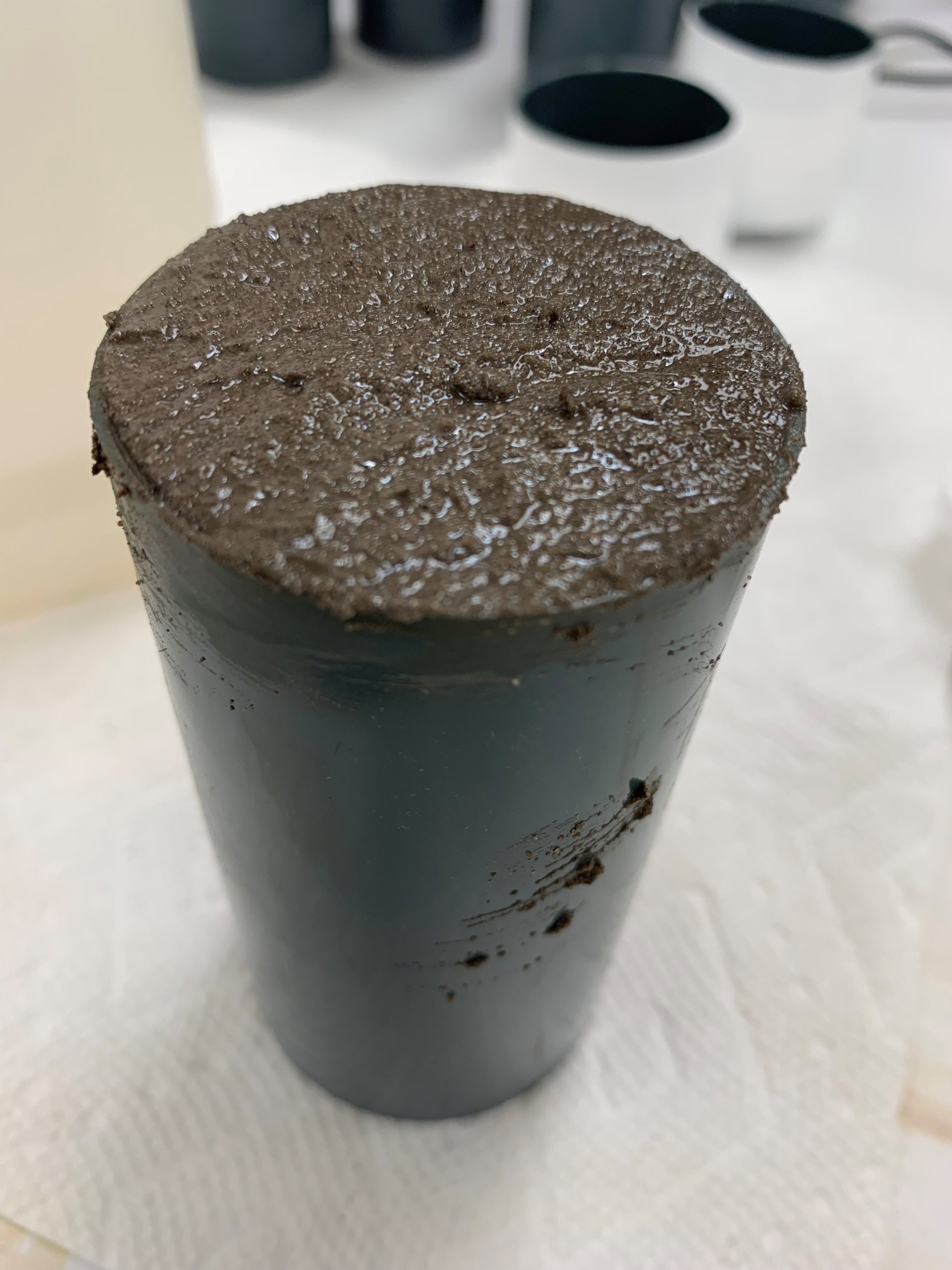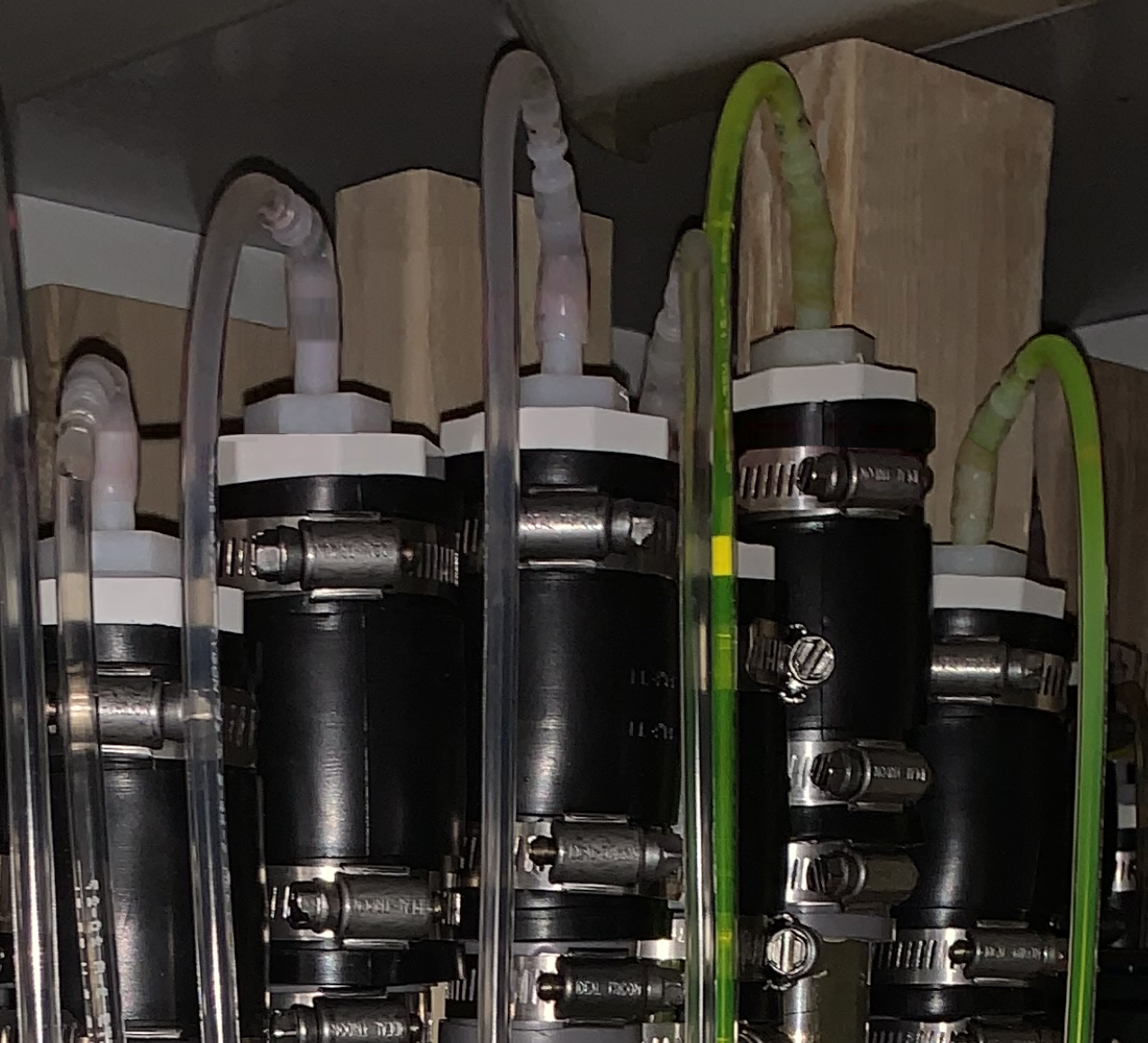In Situ Chemical Oxidation (ISCO)
ISCO can be a cost effective remedial option - when applied correctly. Often, the treatability testing step is skipped in an effort to save project costs, usually resulting in under-dosing and rebound after the ISCO full-scale application. To help identify potential failure mechanisms, design parameters, and treatment efficiencies, treatability studies are crucial for a successful full scale application. There are several different oxidant chemistries to choose from and different activators/stabilizing approaches that can be used depending upon the:
- Site characteristics
- Compounds of concern
- Budgetary restraints
- Site goals
Lourero's Experience Includes:
- Evaluating chemical oxidant stability, at varying concentrations and activation schemes
- Sodium persulfate - unactivated and activated
- Potassium persulfate (slow-release) - unactivated and activated
- Potassium and sodium permanganate
- Hydrogen peroxide, with and without the need for catalysts or stabilizers
- Ozone
- Calculating total oxidant demand with varying concentrations and activators to determine the site-specific oxidant demand and therefore loading
- Determining the base buffering for alkaline activation of persulfate
- Full treatability evaluations of the design parameters to confirm client objectives will be met
Loureiro was selected to conduct specific treatability studies for product comparisons and evaluate the effects of ISCO on metals mobilization for the Strategic Environmental Research and Development Program (SERDP).
Want to know a bit more about how ISCO works? Click here.
Email Loureiro at [email protected] for case studies associated with our ISCO remedial technology experience.








